At a time when design is being examined as a force for social change, Sandeep Sangaru is a name that often comes to mind. He is best known for his innovations in bamboo and this multi-disciplinary designer has been closely associated with initiatives to provide training and skills to people in norther-eastern India since 2004. Not content simply to make glamorous ojects d’art, Sangaru’s work is informed by a significant commitment to his material of choice as well as the community that understands this material the best. In recognition for his collaborations with craftsmen from Tripura, Sandeep has recently been awarded as the British Council’s Young Creative Entrepreneur in the Design for Social Impact category for 2012.
The feathers in Sandeep’s cap have begun to multiply year on year, and he recently established Sangaru Design Objects as a manufacturing enterprise separate from the flagship Sangaru Design Studio. He is a designer and an entrepreneur but his confidence in juggling both tags comes from the value he places in the process of making his furniture: each object is made by hand and reflects a combination of artisanal ingenuity and industrial design techniques. Without creating a sustainable ecosystem for his team of artisans, he would not be able to make pieces on a large scale, and similarly, without his industrial design sensibilities, they would not be able to push the possibilities of the material. Together, their products are an outcome of deep and committed collaboration.His inaugural collection Truss Me plays with iterations of the same form, assembled and disassembled to a kaleidoscope of products but as effortless as it looks, it is a product of years of patient development.
I became acquainted with Sandeep as a student at NID. In 2004 it was a cold winter in Ahmedabad when I signed up for a fortnight’s workshop in bamboo craft. By then Sangaru was already a fixture on campus, known for spending long hours in the wood workshop, puzzling over details and joineries. He cut an intimidating figure that, in retrospect, was all the more impressive for his stubborn refusal to give in to the whims of a lowly grass. His journey has brought his a long way since then, but he hasn’t given up his engagement with the material or his obsession with teasing it just that much more.
What follows is a conversation with Sandeep about the mundane and the not so mundane events that influenced his journey as a designer. I wanted to know about his experience in the field, the different things he’s done in his career, his decision to go solo and the events that have brought him into the spotlight. This interview was a chance to re-visit Sandeep’s career, including the interesting-but-not-so-relevant phases in which he has donned many hats other than the one of a furniture designer.
The path to success is rarely straight and simple and Sandeep’s story is testimony to this fact.
***
PERCH: Let’s begin at the beginning: before your post-graduate Industrial Design course at NID, you studied Mechanical Engineering. Did you see a natural connection between the two programmes?
SANDEEP:Yes I was only eligible for industrial design and had to choose between Product and Furniture design. I was keen on pursuing Graphic Design back then, but NID did not offer an Post-graduate in Graphics then. I was not sure of talking the long way round then and do the Under-graduation program.
PERCH: Furniture Design is a rare choice of discipline even at an established institution like NID. What was it about the field that attracted you?
SANDEEP: Between Product and Furniture Design I choose to do furniture all by a hunch. Few thoughts that made me do this; because furniture is something I could realize, building them with my own hands rather than depending on a heavy industrial process to see a product shape up. This thinking was also due to the mechanical engineering background, where mechanical design process is pretty much based on formulas and standards, which as a process is very analytic. I think it was the most sensible decision I made back then to study furniture design and do not regret it now either. Also the ambiguity of not knowing the curriculum before hand made the whole situation a new beginning for me. I joined NID with an unprejudiced idea, embraced the multidisciplinary approach and explored all that I could lay my hands on in those two and half three years I had.
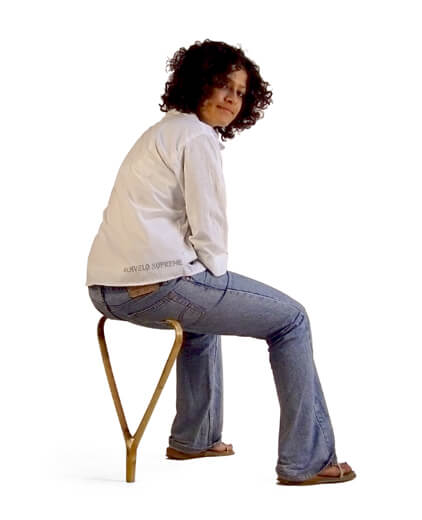
The entire Truss-Me collection derives its principles from a single load bearing frame that Sangaru first developed from 2003-04. Image © Sandeep Sangaru
PERCH: You’ve used many materials and many media for your work since you graduated but some of your most recognised work is in bamboo. When and how did you discover bamboo as a material?
SANDEEP: I discovered bamboo when I joined NID back as faculty and went to BCDI – Bamboo and Cane Development Institute in Tripura. During this time I was exposed to bamboo in its totality, where the way of life of the natives was bamboo. This exposure to how a single material that is so very basic can be used in so many different ways, forms and applications was extraordinary. For the first time I came to know about the different species and kinds of bamboo used for different applications. The seed was sown for the Truss-Me collection bamboo furniture during this first visit to Tripura. I developed a basic triangular module using bamboo while trying to redesign a stool I had designed earlier in wood. In the process developed a new way of construction using bamboo. This technique and the triangular module became my muse for the next few months and I explored the possible applications it can be put into between 2003-04. Again in 2006-07, I worked on the same concept for Tripura Bamboo Mission. As such, the recognition only came after the winning Red Dot Design Award – Best of the Best in 2009.
PERCH: Before you worked in the craft sector, you were involved with Digital Force, a special effects studio in Hyderabad. How did this change come about for you?
SANDEEP: Digital Force was an ideal setup and the work we envisioned to do was exciting like a boys dream come true surrounded in an environment where every thing is based on a fantasy and fiction. Work and fun was all intertwined here. The film industry has a different kind of synergy, large teams of people from different backgrounds work for a production any given time and work cycles would be very erratic and very demanding. After 3+ years of working in this industry I was not sure of making this a full time profession and took this offer to join NID as a faculty for new discipline being started. The 2 years I spent at NID gave me the time and space to think and explore others areas apart from teaching. This is when I worked on two projects at NID ‘Handmade in India’ and taught at the BCDI, Tripura.
This exposure to crafts first hand made me aware of the value, traditional methods and knowledge hold. What I observed while working on these projects was majority of crafts have transformed to create decorative products or mere embellishments. Traditionally crafts evolved because they were a way of livelihood and a way of life. And there is much more to these crafts than being just mere techniques to decorate. So these thoughts triggered my thoughts about what to do next. That is how I started off my design studio and worked with crafts.
PERCH: The last couple of years have seen your work win a number of international awards. What change if any has that brought for you or indeed, for other Indian designers?
SANDEEP: Working on a project for Tripura Bamboo Mission in 2006 started off with an exciting brief to design and develop furniture in bamboo. I continued where I left from my last exploration of Truss-Me and designed a complete collection based on this principle. But the idea to commercialize the products never took off.
The experience made think what might be next because the craft sector is not homogeneous and if I had to do something it had have a common string. One day a former student of mine Avik suggested and pestered me to send Truss-Me for Red Dot Design Award. Winning the award and being voted as one of the Best of Best designs across all categories changed the way I perceived my own creations. This gave me a direction and a vision to start up my venture to manufacture. The awards have given the much-needed exposure on the international design platform.
The publicity from these awards triggered a lot of interest from international media as well as customers wanting to own our products. These features and interaction with potential retailers / resellers and individual customers via email made us aware of the markets overseas. These discussions and enquires made me push the boundaries of the quality and craftsmanship of the furniture and products we make now.
PERCH: Craftsmanship is a quality that has been admired in your products and of course, a great deal of the furniture you now produce is by experienced craftsmen who work with you. What is this collaboration like?
SANDEEP: It is always teamwork. When working with craftsmen I depend on them for their traditional knowledge of working with a material efficiently and effectively. At the same time they are exposed to the design process of developing a new design from an idea on paper to a prototype and then to the market.
This process of making a number of prototypes before we finalise a particular one that is ready to be produced, is a constant interaction and experimentation. And this process of pushing ourselves to create a good product through these iterations can only take shape if there is a healthy collaboration.
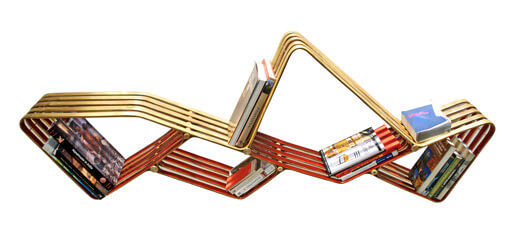
The fluid Wallscape bookcase is just as much a work of art as a utalitarian object. Image © Sandeep Sangaru
PERCH: Now you run a design studio, but you also design and market your own range of furniture and home accessories. Which do you prefer? Designing to a brief or being your own client?
SANDEEP: The experience in design consultancy led to the starting of a company to produce and market our own designs. After having worked on many projects in crafts and commercial projects I realized it is better to put the same effort in producing my own design and see through the product reaching the market and in the process do what I believe in doing.
PERCH: So how do balance the constraints of being an entrepreneur with the boundaries you push as a designer?
SANDEEP: I think both are very similar each trying to push the boundaries to create or build something new or better with different set of variables. It is all about orchestrating these variables till you get the right balance. In the beginning to address an unknown entity was a task. But as things are shaping up and growing in the business, there is a constant iteration of ideas within the given parameters which is very similar to the way design process works to achieve a desired solution. The journey of setting up any business till it stabilizes is like an intense design process where the market, revenue and products play a key role apart from the user/ consumer which a designer is vey familiar with. As a designer using design process comes naturally and these skills to analyze and synthesize comes in handy to resolve problems the best possible way in any given situation everyday.
PERCH: You’re a designer, an entrepreneur but also a teacher. What would you say to a young person looking to be a designer?
SANDEEP: I will quote Gandhi here “Be the change you want to see”. Design is one profession you can bring about this.
PERCH: What inspires or has inspired you to become this force for change?
SANDEEP: Traveling, Photography and the People with incredible zeal to survive and achieve the impossible.
PERCH: Onto a little bit of wishful thinking: if you could have designed one thing in history, what would that be?
SANDEEP: Tough one. As a boy I always wanted to own one of the first Jeeps made. Designing one would have been perfect. Still want to design a Jeep (GP – General Purpose vehicle).
PERCH: And lastly: if you were marooned on a desert island, what is the one book you would take with you?
SANDEEP: A Notebook.
***
Many thanks to Sandeep Sangaru for his time and enthusiasm in giving this interview over a number of email exchanges
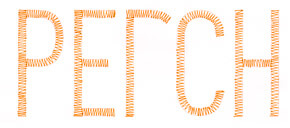
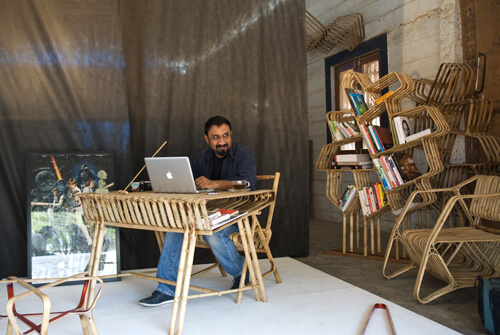
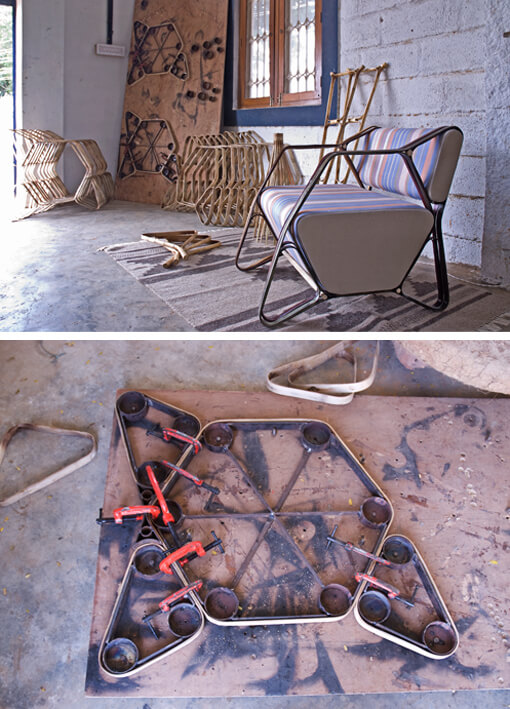
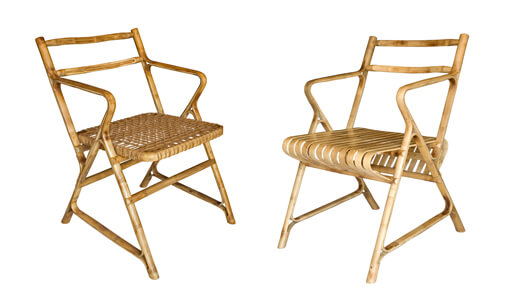
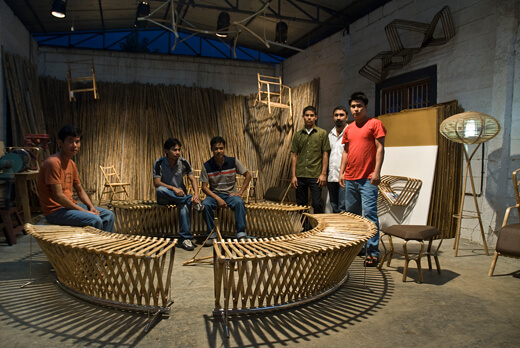
4 comments
Jitendar choudhary says:
Aug 23, 2012
I have known Sandeep for 7 yrs. Seen him as a very creative, calm, dedicated and amazing person. I love his creative works and photography, I feel grateful to have got couple of oppurtunities to work with him. He is an inspiration for me. Wish i would also have such creations some day. Thanks Sandeep
Aditya says:
Aug 31, 2012
Rewind 20 years back….I know Sandeep Sangaru as a master-of- things, like paintings, sketching, working on aluminum sheets, his collages and many more….it was definite that what he is now reflected back then too…he has always been a winner. All the best to him, always!
India | British Council’s Young Creative Entrepreneur Award Winners | culture360.org says:
Nov 9, 2012
[…] Young Creative Entrepreneur – Design for Social Impact and Digital for Creative Industries.Read interview with Sandeep Sangaru, winner of the Design for Social Impact AwardWinner Sandeep Sangaru travelled to the London Design […]
Source Cycles says:
Nov 21, 2015
[…] Read the full interview here! […]